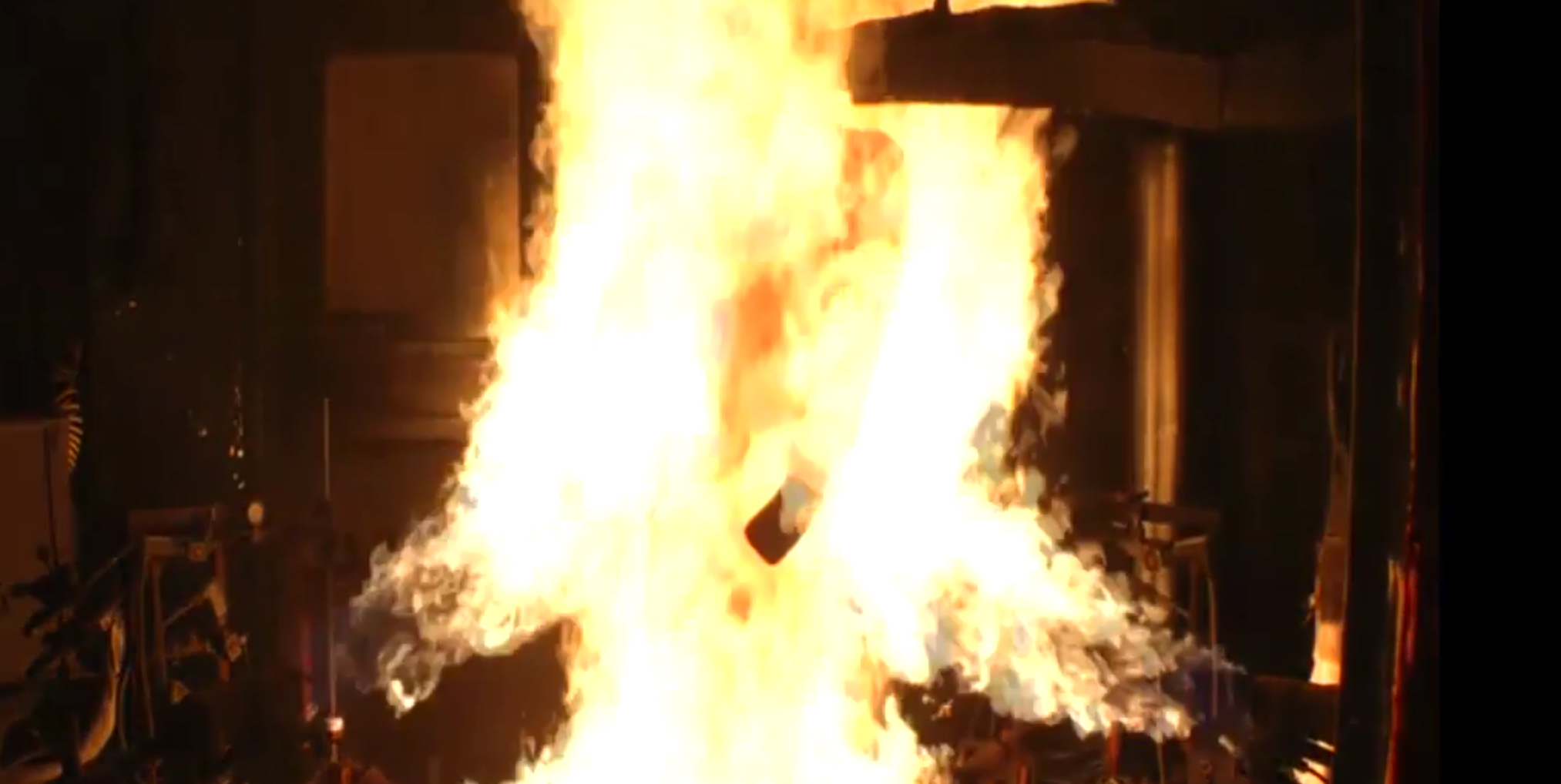IEC 61482-2:2009 – IEC 61482-1:2009
Protective clothing against the thermal hazards of an electric arc
Standard for protective clothing that protects the wearer against the thermal hazards associated with an electrical short circuit. The standard is relevant for work in areas where there is a risk of electric arcs. When working directly with transformers, working with cables, working in open electrical distribution boxes or domestic electricalboxes, there is a potential arc energy of 240 kJ to 500 kJ or more. This means that in some cases incoming energy is higher than Class 1 or 2 (box arc test). This explains why we also test according to the open arc test to give the textiles or the garments an arc rating in cal. /cm2 (ATPV or EBT).
Design requirements
- All seams must be flame tested in accordance with IEC 61482-2
- All metal parts such as buttons, zips etc. on the outside or inside of the garment must be covered, so as not to come into direct contact with the wearer’s skin.
- Buttons, zips or other accessories must not burn or melt or increase the risk of a burn injury to the wearer.
- It must be possible to open the garment after an electric arc and the inside of the garment must be completely intact without melted or burnt parts.
- The garment that covers the upper part of the body must have long sleeves.
- The requirement for two-piece workwear is a minimum of a 20 cm overlap between jacket and trousers during all work operations.
Textile requirements
Material used for the production of clothing must be made of flame retardant material. The material must not ignite or melt and must not shrink more than 5%.
CLASS 2
Manual welding techniques with large amounts of spatter and droplets, e.g.:
- MMA welding (using alkaline or cellulose electrodes)
- MAG welding (with CO2 or mixed gasses)
- MIG welding (high-voltage)
- Self-shielded, Flux-cored arc welding
- Plasma cutting- Oxygen cutting
Thermal sprayingOperating machines e.g.:
- In enclosed spaces
- When welding/cutting operations require reaching above head height
- In comparable difficult positions
Textile requirements
Requirements for mechanical strength, flame and heat resistance are divided into two classes:
EN 61482-1-1 (open arc test)
Part 1-1, Test method 1: This test determines the arc rating (ATPV or EBT50) of flame resistant material or clothing. ATPV and EBT are both evaluated in the same test, an open arc test.
The first result that is obtained is the reported arc rating, which is stated in cal. /cm2. If material has a higher thermal insulation value than the arc strength relative to heat, the material will break open first. Otherwise, burns will occur before the material breaks open. The lowest value is the one used for marking the garments.Neither alternative is better than the other. Basically, EBT material is more insulating than strong, and ATP material is less insulating than strong.
EBT usually indicates that the garment is knitted and more comfortable, but that it is not less protective for the wearer. You should never make a decision about which protective clothing to wear based on whether the garment has an ATPV or EBT rating. They are considered more as functional counterparts. The Arc Thermal Performance Value (ATPV) is the incident energy on a material that results in a 50% probability that sufficient heat transfer through the sample is predicted to cause second degreeburns based on the Stoll Curve arc rating measured in cal. /cm2. The higher the value, the better the protection.
The Energy Breakopen Threshold (EBT) is incident energy on a material that results in a 50% probability of break open. Break open is defined as any open area of at least 1.6 cm2. The higher the value, the better the protection.
Both ATPV and EBT can be tested on single or multiple layers of material. When you test multiple layers, you get a higher value than if the material was tested separately. This is because air trapped between the materials also has an insulating and protective effect.
EN 61482-1-2 (Box test)
Part 1-2 – Test method 2: This test method determines the arc protection class of the material and the garment using a limited and directed arc.
The garments are tested and evaluated in two classes in the same tests “Box test”.
(Voltage 400 V, Duration 500 ms, Frequency 50 Hz or 60 Hz.)
The test can be conducted in two different test classes:
Class 1=4 KA (arc energy 168 kJ)
Class 2= 7 KA (arc energy 320 kJ)
The result is approved or not approved.
USER INFORMATION
Two-piece protective clothing should be used together to achieve the specified level of protection. For optimal protection of the entire body, garments must always be closed and used together with other appropriate protective equipment such as flame retardant underwear, hard hat, face protection, protective gloves and protective footwear.Garments made of synthetic material can melt when exposed to an arc and cause severe skin injuries. Environmental and risk conditions in the workplace must be taken into account. Read the user manual carefully before using workwear. All garments that are damaged by dirt must be cleaned, and garments with holes must be replaced. Deviations from these recommendations may lead to serious injury.
See our film about electric arc



Del denne siden på:
